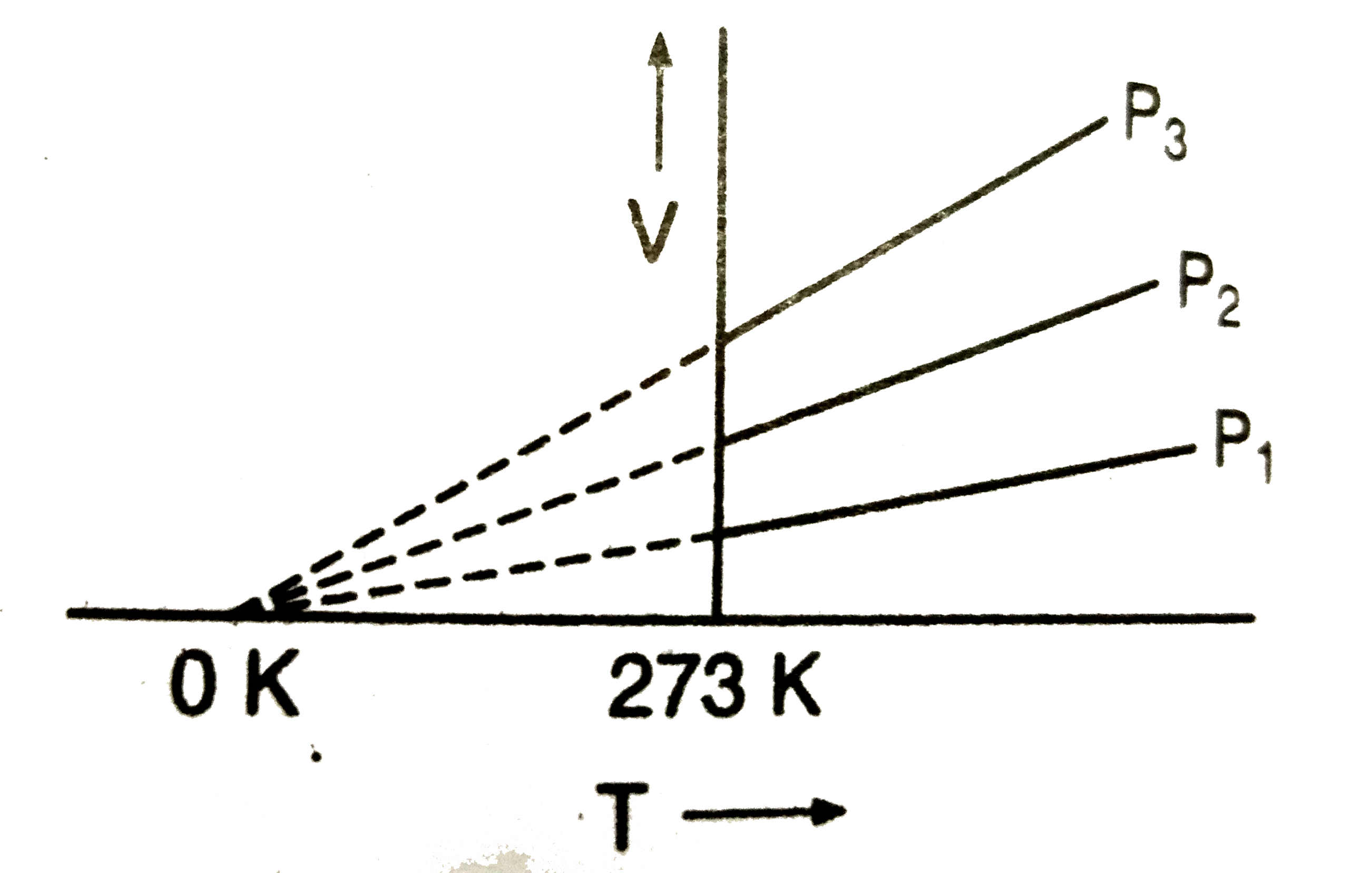Show that the volume thermal expansion coefficient for an ideal gas at constant pressure is 1T.
The correct Answer is:A
To show that the volume thermal expansion coefficient (α) for an ideal gas at constant pressure is 1T, we will follow these steps:
Step 1: Understand the Definition of Volume Thermal Expansion Coefficient
The volume thermal expansion coefficient, α, is defined as:
α=1VdVdT
where V is the volume of the gas and T is the temperature.
Step 2: Use the Ideal Gas Law
For an ideal gas, the relationship between pressure (P), volume (V), number of moles (n), and temperature (T) is given by the ideal gas equation:
PV=nRT
where R is the ideal gas constant.
Step 3: Differentiate the Ideal Gas Equation
Since we are considering the case of constant pressure, we can differentiate the ideal gas equation with respect to temperature:
PdVdT=nR
Step 4: Solve for dVdT
Rearranging the equation gives:
dVdT=nRP
Step 5: Substitute dVdT into the Definition of α
Now, substituting dVdT into the definition of α:
α=1V⋅nRP
Step 6: Use the Ideal Gas Law to Express V
From the ideal gas law, we can express V as:
V=nRTP
Substituting this into the expression for α:
α=1nRTP⋅nRP
Step 7: Simplify the Expression
Simplifying this expression:
α=PnRT⋅nRP
The P and nR cancel out:
α=1T
Conclusion
Thus, we have shown that the volume thermal expansion coefficient for an ideal gas at constant pressure is:
α=1T
The volume thermal expansion coefficient, α, is defined as:
α=1VdVdT
where V is the volume of the gas and T is the temperature.
For an ideal gas, the relationship between pressure (P), volume (V), number of moles (n), and temperature (T) is given by the ideal gas equation:
PV=nRT
where R is the ideal gas constant.
Since we are considering the case of constant pressure, we can differentiate the ideal gas equation with respect to temperature:
PdVdT=nR
Rearranging the equation gives:
dVdT=nRP
Now, substituting dVdT into the definition of α:
α=1V⋅nRP
From the ideal gas law, we can express V as:
V=nRTP
Substituting this into the expression for α:
α=1nRTP⋅nRP
Simplifying this expression:
α=PnRT⋅nRP
The P and nR cancel out:
α=1T
Thus, we have shown that the volume thermal expansion coefficient for an ideal gas at constant pressure is:
α=1T
Topper's Solved these Questions
- THERMOMETRY,THERMAL EXPANSION & KINETIC THEORY OF GASESBOOK - DC PANDEY ENGLISHCHAPTER - THERMOMETRY,THERMAL EXPANSION & KINETIC THEORY OF GASESEXERCISE - Level 2 More Than One Correct
7 Videos
- THERMOMETRY THERMAL EXPANSION AND KINETIC THEORY OF GASESBOOK - DC PANDEY ENGLISHCHAPTER - THERMOMETRY THERMAL EXPANSION AND KINETIC THEORY OF GASESEXERCISE - Medical entrance gallary
30 Videos
- UNIT AND DIMENSIONSBOOK - DC PANDEY ENGLISHCHAPTER - UNIT AND DIMENSIONSEXERCISE - Assertion And Reason
2 Videos
Similar Questions
If an ideal gas is heated at constant pressure :
View SolutionHeat supplied to an ideal gas sample at constant Pressure :
View SolutionShow that in an isothermal expansion of an ideal gas, a ΔU=0 and b. ΔH=0.
View SolutionShow that in an isothermal expansion of an ideal gas, a ΔU=0 and b. ΔH=0.
View SolutionThe volume-temperature graphs of a given mass of an ideal gas at constant pressure are shown below. What is the correct order of pressure ?

View SolutionCalculate q,w,ΔU, and ΔH for this isothermal reversible expansion of 1mole of an ideal gas from an initial pressure of 1.0 bar to final pressure of 0.1bar at a constant pressure of 273K.
View SolutionFor an adiabatic expansion of an ideal gas the fractional change in its pressure is equal to
View SolutionLet (Cv)and(Cp) denote the molar heat capacities of an ideal gas at constant volume and constant pressure respectively . Which of the following is a universal constant?
View SolutionWhat will be the work done for expansion of a gas from 1 lit to 10 lit volume agaist constant pressure of 1 bar?
View SolutionFor an ideal gas PT11 = constant then volume expansion coefficient is equal to :-
View Solution
